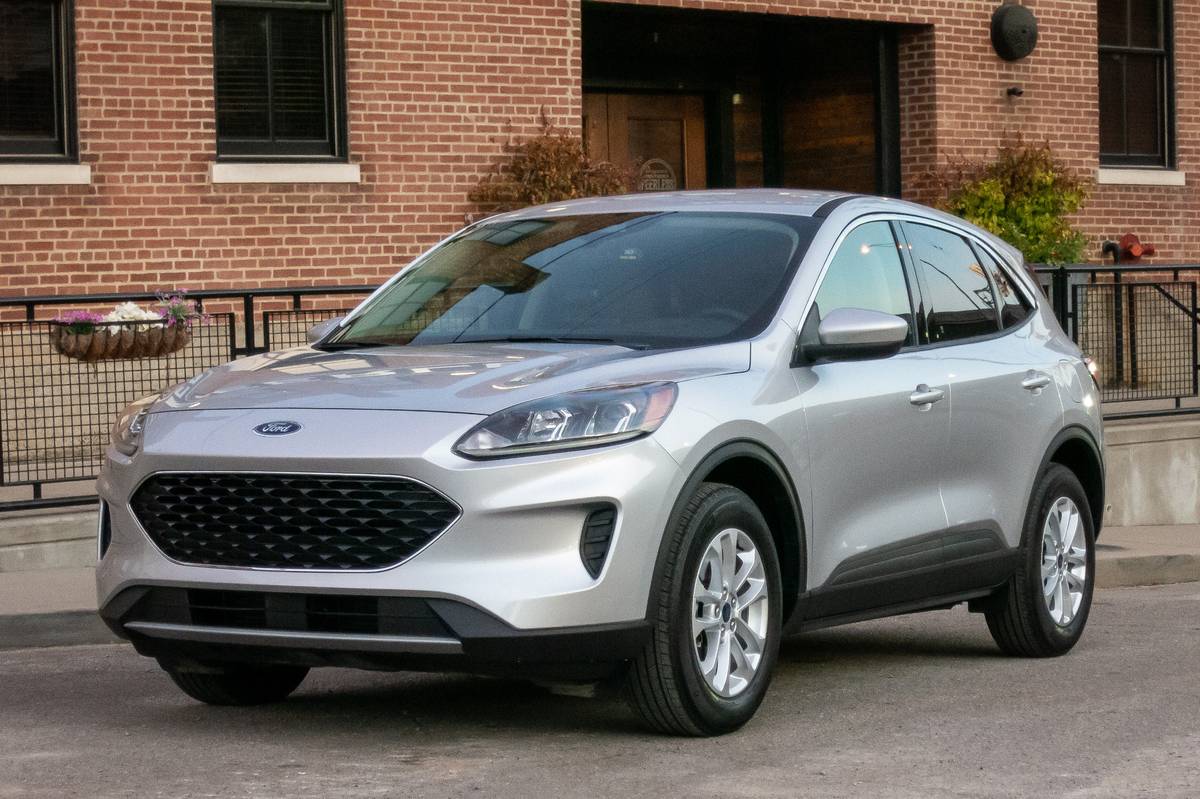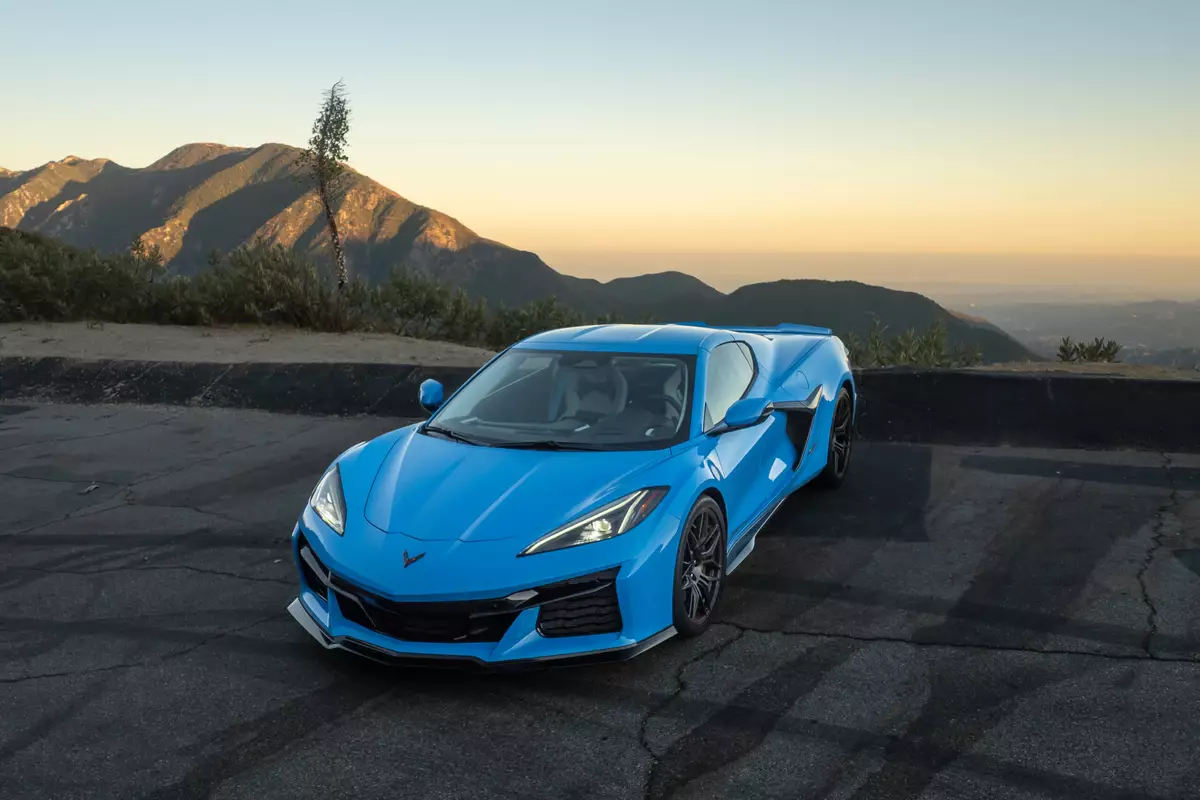The Morning Call and Mcall.com's view
After 12 years and Saturn’s same, boring, small car – the S-Series – many buyers, who once thought of the automaker as slightly quirky, now see it as unexciting. In other words, Saturn no longer has buzz.
GM is hoping to change that with the introduction of the Ion, a funky little sedan that replaces the long-in-the-tooth S-Series.
The Ion uses GM’s new Delta platform, which will eventually spawn an all-new Chevrolet Cavalier for 2005.
The Ion’s construction is similar to that of the S-Series. Plastic outer skins that resist dents are hung on a steel space-frame. It is unique to Saturn and remains a strong selling point.
The panels on the new Ion have a fresh, stylish air. One co-worker mistook the Ion for an expensive car, until he saw the Saturn’s nameplate. It is distinctive, and gives the car some personality, something the old S-Series lacked severely.
Inside, the funkiness continues, with a center-mounted gauge cluster. This is a hot trend among small car designs, with Toyota and the Mini both offering models with center-mounted gauges. The Ion’s white-faced gauges are easy to read once you get used to the location. The placement allows Saturn to use a slightly smaller steering wheel, which increases space for the driver, and improves the driver’s view.
The AM/FM/cassette/CD audio system is mounted high on the dash, where it’s easy to reach. Unfortunately, the radio is designed so that too many functions use the same button design. That makes the radio hard to use without taking your eyes off the road.
The climate control was excellent, heating very quickly on single-digit mornings.
The two air vents by the steering wheel can be aimed easily to warm your hands when it is cold outside. The climate controls are easy to use.
Most of the car’s controls are in the center of the dashboard, where all the night lighting is concentrated. The left side of the dashboard is dark. That’s not a problem with safety, but it is impossible to see the few switches on the left, (such as the power windows and door locks) at night, a minor nuisance.
But the Ion’s interior suffers from a plastic, down-scale ambience, which isn’t helped by its mediocre assembly quality.
The Ion is longer, wider and taller than the old S-Series and the car feels roomy for its size. Leg, shoulder and head room are all excellent. Rear seat space is about average for the class. The front seats adjust for height, making it easy to find a comfortable driving position. The seats felt flat, but the cloth upholstery felt durable.
What’s hard to quibble with is the car’s performance, which is greatly improved.
For 2002, the S-Series had a 1.9-liter four-cylinder engine in either 100 or 124 horsepower versions. For 2003, the Ion comes with a single motor, the new 140 horsepower, 2.2-liter EcoTec dual-overhead-cam 4-cylinder that can be teamed with a 5 -speed manual or a 5-speed automatic, the first one offered in an economy car. It gives the engine good pulling power at speed.
Although quieter than the old Saturn engine, it’s not as quiet as some of its competitors. But the noise it makes is sexy enough and rarely gets tiring. Cabin noise is well-controlled otherwise.
Handling is a solid B-plus.
There is body lean in corners, but the Ion hangs in there a lot longer than you’d expect. The ride is firm, but doesn’t transmit road shock to the cabin. There’s also little of the softness that is common to its Asian small-car competition. But the Firestone Firehawk tires felt squirmy at times. Overall, handling was decent, but not sporty.
The Ion is the first domestic GM car to use a speed-sensitive electronic power steering, which eliminates the need for a power steering pump. Weighting is good, but it conveys little road feel.
The car is pretty standard mechanically, with an indepen ent front suspension and a torsion-beam suspension in the rear. There are stabilizer bars front and rear. Brakes are front disc with rear drums. Anti-lock brakes with traction control are a $400 option.
Dual-stage front airbags are standard, with side curtain airbags optional.
Fuel economy was better than I expected, given this car’s pulling power. The EPA rates the Ion at 24 mpg city, 32 mpg highway. A mix of city with some highway driving brought a respectable 27 mpg on regular gas.
One quirky feature allows customers to customize their Ion. The instrument bezel in the center of the dashboard as well the exterior trim rail that frames the doors can be swapped for patterns, including leopard, blue bubble, carbon fiber and brushed steel. Neat idea.
Trunk space is a generous 14.5 cubic feet and features split-folding rear seats. Saturn provides controls for folding the seats from the trunk.
The Ion comes in three trim levels. All Ions get the same motor, but the base car (the Ion 1) gets a five-speed manual and crank windows and 14-inch wheels. It starts at $11,995.
Step up to the mid-level car (the Ion 2) and you’ll get larger 15-inch wheels and an optional convenience package of power windows, mirrors and cruise control. That starts at $13,995.
Our test car was the top-of-the-line (Ion 3) which basically makes most of the optional items of the Ion 2 standard. Our test car’s base price was $16,395. Options included floor mats and anti-lock brakes with traction control. Bottom line was $16,875.
With solid handling, first-in-class engineering, and just a bit of quirkiness, Saturn’s small car has lost some of its blandness, giving small-car shoppers a reason to check out Saturn once again.
Latest news



